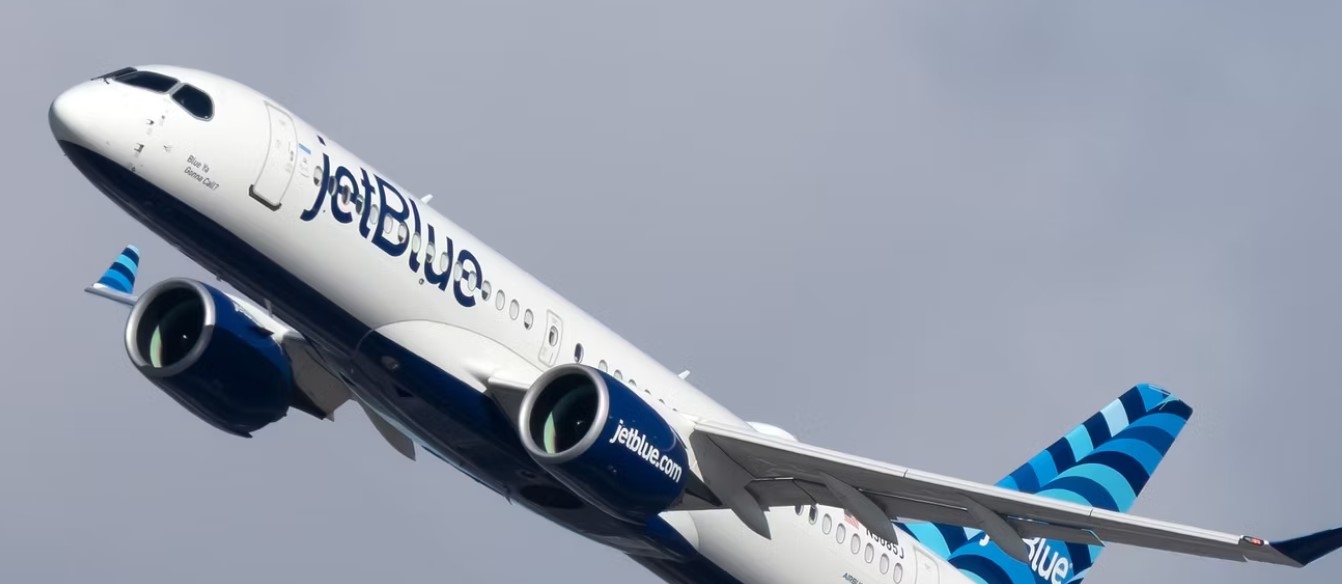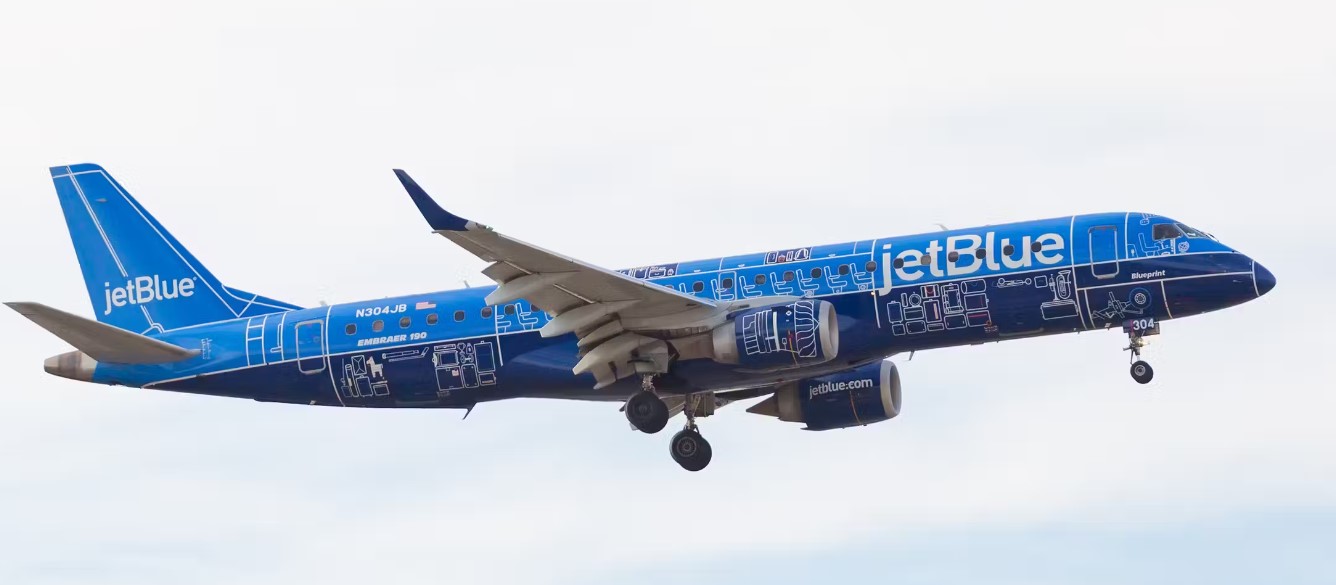JetBlue has revised its cost-saving estimates upwards, now expecting to save approximately $100 million through 2024 by transitioning from the Embraer E190 to the Airbus A220. This adjustment reflects an increase from the previous estimate of $75 million. The decision to accelerate the phase-out of the E190s in favor of the more efficient A220 stems from the latter’s superior economics and reduced maintenance costs.
Ursula Hurley, JetBlue’s chief financial officer, highlighted the airline’s commitment to cost efficiency, emphasizing their surpassing of first-quarter outlooks. By scrutinizing fixed costs and implementing various reductions across their operations, JetBlue anticipates cumulative savings of around $275 million this year from structural cost programs and fleet modernization.
Amidst volatile fuel prices and ongoing losses, these savings are crucial for JetBlue. However, the A220 transition isn’t solely about cost-cutting; it also brings environmental benefits with lower carbon emissions and enhances the passenger experience with a more spacious and quieter cabin.

JetBlue’s strategy to retire E190s earlier than planned, by mid-2025, reflects a shift in their fleet modernization plan. Originally intending to operate 30 E190s until 2026, the airline now aims to remove all 38 airframes by mid-2025.
Additionally, the airline is pursuing structural cost savings through initiatives such as network efficiency enhancements, a voluntary employment opt-out scheme, and optimizing crew planning. Incorporating AI for weather forecasting is expected to deliver further annual savings of $4 million.
JetBlue’s A220 fleet expansion has been steadily progressing since the first aircraft’s introduction in December 2020. With 29 A220s currently in operation and 100 total orders placed, JetBlue is poised for continued modernization and efficiency gains.

